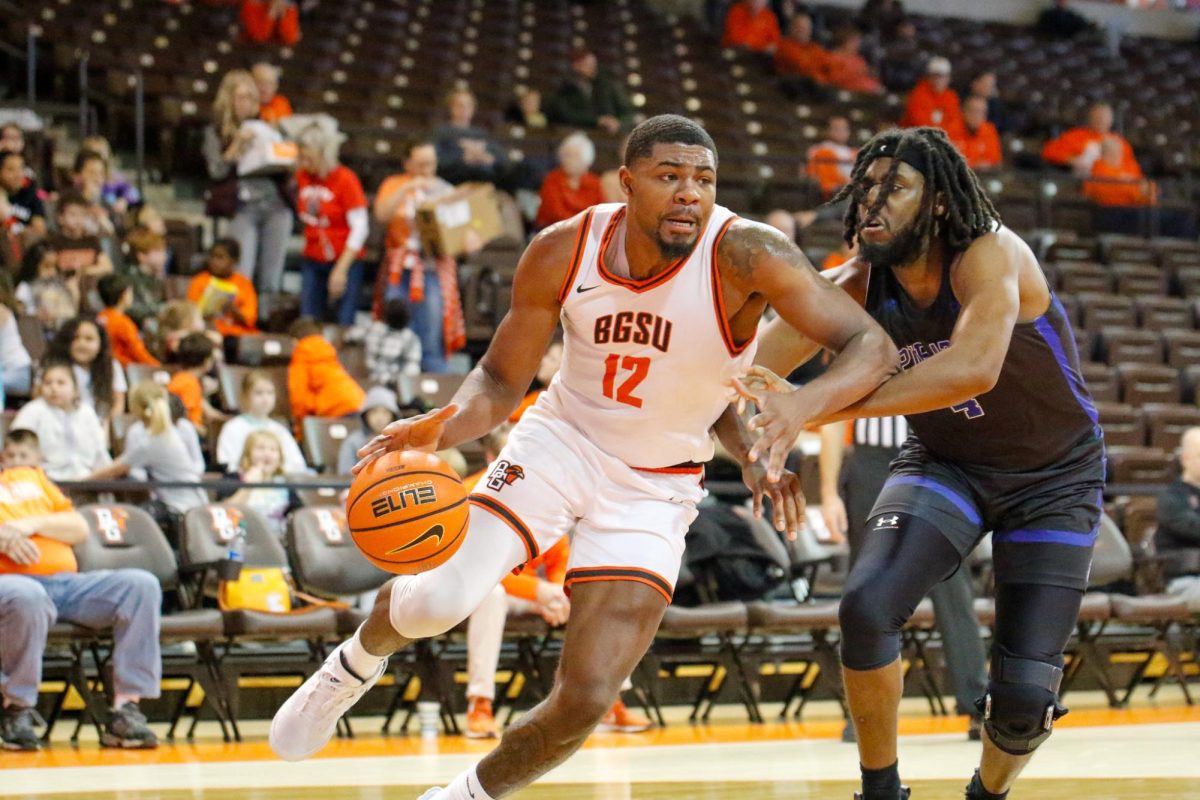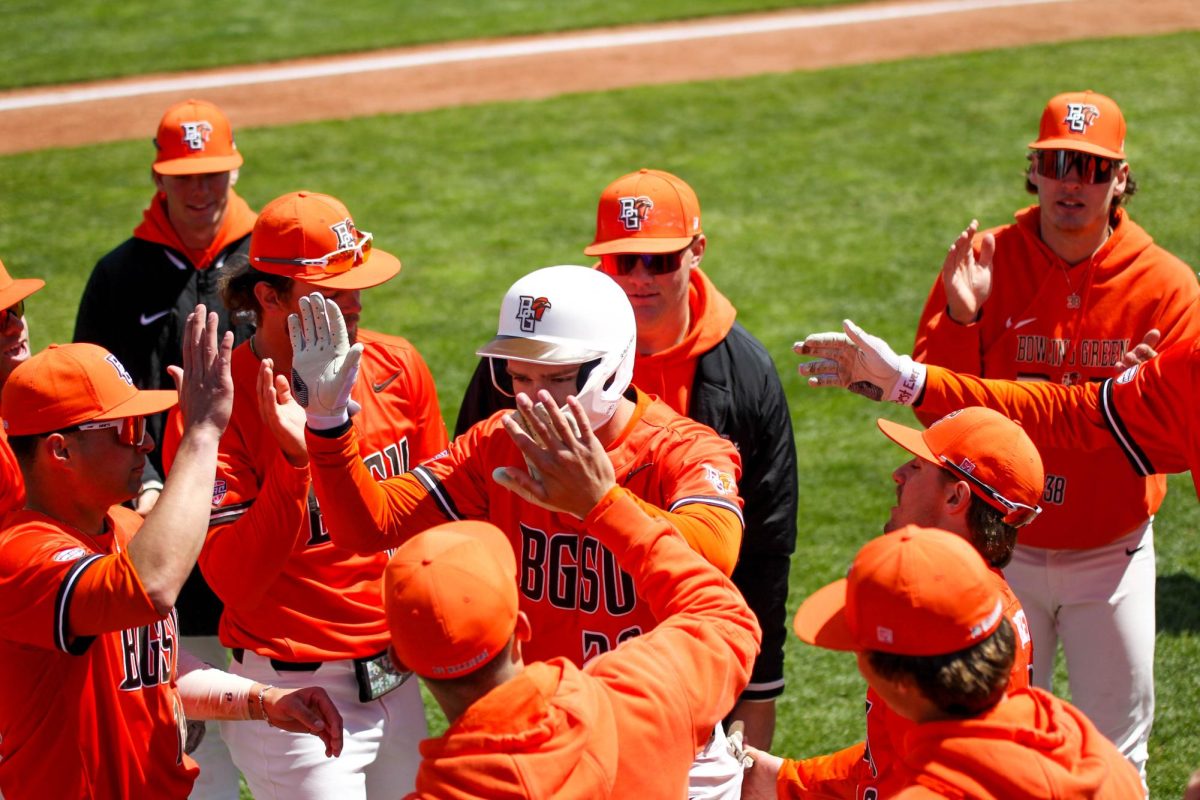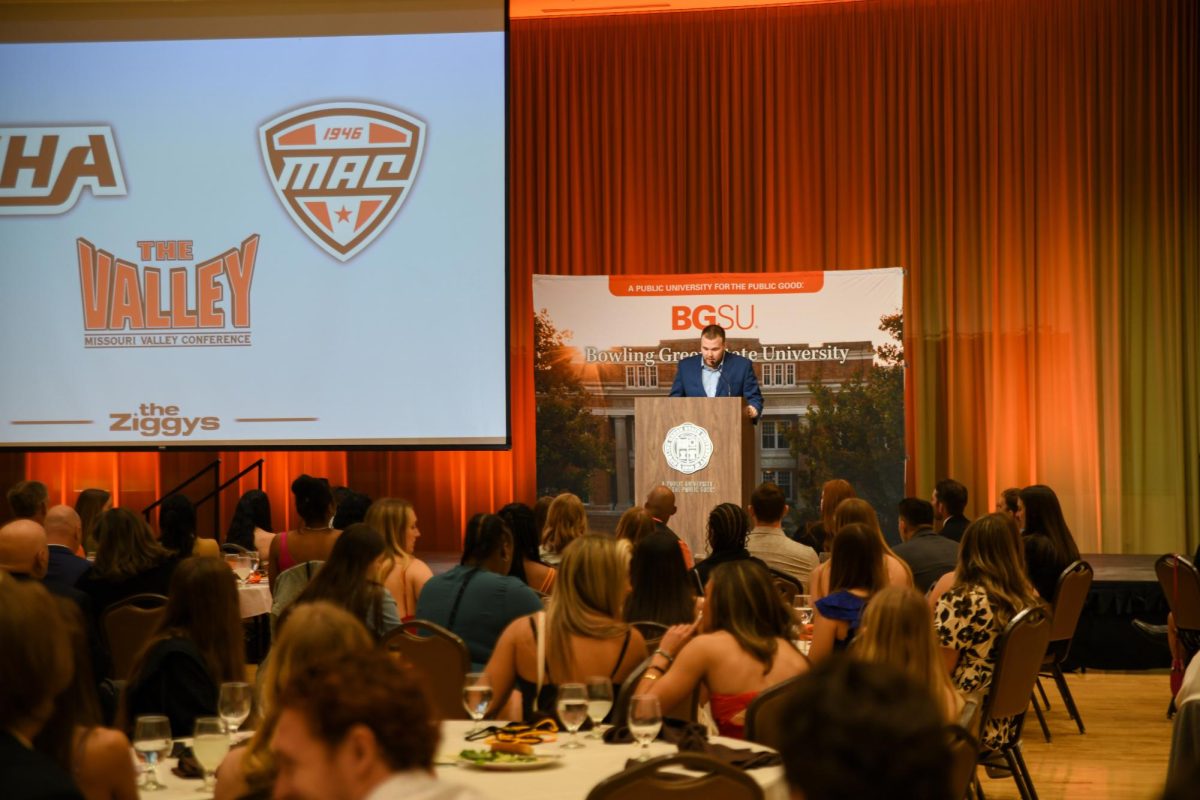KRT NEWSFEATURES By Maryanne George Knight Ridder Newspapers (KRT) ANN ARBOR, Mich. _ Something the philosophy professor was reading in the summer of 1995 caught his attention. Black applicants to the nation’s elite universities had a significantly higher rate of acceptance than white applicants, according to an article in the Journal of Blacks in Higher Education, an academic periodical. Carl Cohen, then 64, was curious whether the phenomenon the article described was happening at the University of Michigan, where he taught. Colleagues told him he would be stepping into a mess. He ignored their warning. On Dec. 18, 1995, Cohen, a card-carrying member of the American Civil Liberties Union, filed a Freedom of Information request seeking details of the University of Michigan’s admissions policies. After first telling him the information did not exist, in the spring of 1996, university officials released to Cohen admissions grids that appeared to show that despite lower grades and test scores, minority students were having better success getting into Michigan than white students. For Cohen, it was the start of a process that will put him in the U.S. Supreme Court April 1, listening intently while the controversy he unearthed is presented for the nation’s ultimate arbiters of law to decide. The court’s decision on whether Michigan’s use of race as a factor in undergraduate and law school admissions is legal is expected to have a profound effect on how universities nationwide admit students. “This is a moral issue for me,” Cohen, now 71, said as he sat in the cluttered study of his home overlooking the University of Michigan’s Nichols Arboretum, one of Ann Arbor’s most serene spots. Cohen said it’s not his first admissions fight. In 1947, as a student at the University of Miami, he said, he worked to eliminate the use of pictures on admissions applications. The university, he said, used the photos to discriminate against black applicants. “You can’t call me a racist,” he said. “I’ve been for equal treatment of the races all my life.” Cohen decided to go public with what he found. University officials said there was more to admissions than the grids, but there was no stopping what the philosophy professor had begun. ___ State Rep. Deborah Whyman listened intently as Cohen testified before the House Judiciary and Civil Rights Committee in May 1996. She was among four Republican lawmakers who had pushed unsuccessfully for several years to pass state legislation banning racial preferences in admissions at state universities and in government hiring. They’d been looking for a break, and Cohen was it. “The grids were the pivotal piece of evidence,” Whyman said. Not long after Cohen’s presentation, Whyman was watching a Sunday morning news talk show featuring Michael Greve. Greve was a cofounder of the Center for Individual Rights, a conservative public interest law firm in Washington, D.C. He was making a pitch for the work his law firm was doing. Whyman, in bed with pneumonia, liked what she heard and grabbed a pen and wrote down his name. Months later, she called him. He told her he was interested in the case but she needed plaintiffs. Greve and his colleagues, fresh from victory in a similar case involving the University of Texas law school, were looking for another case to help get the issue of affirmative action in admissions before the before the U.S. Supreme Court. In the Hopwood case at the University of Texas, Greve and his legal team had made a breakthrough. For the first time since the landmark 1978 Bakke decision upholding the use of race as an admissions factor, a federal appeals court had ruled that a university could not use race. Greve’s team represented Cheryl Hopwood, an applicant rejected at the University of Texas law school. In May 1997,Whyman and fellow state Reps. David Jaye, Greg Kaza, and Michelle McManus issued a press release seeking plaintiffs for a case against the University of Michigan. They got more than 200 responses. “It was like working on a fishing boat,” said Whyman, who now works as a law clerk in Mt. Clemens, Mich. “In the morning I would go out fishing for plaintiffs and in the afternoon my staff would clean my catch.” ____ Jennifer Gratz saw the plea for plaintiffs in a local newspaper. A student at Southgate Anderson High School, Gratz had dreamed of attending the University of Michigan and becoming a forensic pathologist. She had a 3.8 grade point average, was 13th in a class of 298 and had a 25 out of 36 on her ACT college admissions test. She was vice president of the student council, homecoming queen and a varsity cheerleader. On Saturday afternoons, she watched University of Michigan football games with her dad, a retired Southgate, Mich., police officer. “I thought I’d made myself a pretty good candidate,” Gratz, 25, now married and working as a software trainer for a San Diego company, said recently. Roger Dittmer, principal at Southgate Anderson, said: “She did everything you tell a kid to do.” On April 24, 1995, Gratz opened the rejection letter from Michigan. And she began to cry. “I said to my dad, `Can we sue them?’ ” She was too embarrassed to tell friends she didn’t get in. Her career dreams faded. She enrolled in an honors program at the University of Michigan at Dearborn and graduated with a math degree in 1999. Gratz said that when she offered to help Whyman, she thought she’d ask her to stuff envelopes. “This is not about being accepted or not being accepted,” Gratz said. “It’s about being treated fairly, and U-M does not treat people fairly.” By the fall of 1997, Gratz had signed on as a plaintiff. ___ Growing up in Flint, Mich., Patrick Hamacher decorated his bedroom with maize and blue and dreamed of enrolling in the university’s freshman class of 1997. At Luke Powers Catholic High School, he received a 3.3 GPA and a 28 on the ACT. He played on the baseball and football teams and worked as a hospice volunteer. He was stunned when his application was rejected. “My first reaction was, `This was some sort of mistake,’ ” Hamacher, 23, an accountant for the City of Flint, said recently. Hamacher attended Michigan State University and graduated in 2001 with a degree in public administration. He also read about the effort to find plaintiffs and decided to get involved. “If everyone sees something wrong, and they don’t do anything, nothing changes.” ___ Barbara Grutter thought her experience as a businesswoman, as well as her grades and test score of 161 out of 180 on the Law School Admissions Test, would make her an excellent candidate for the University of Michigan Law School. She had received a 3.8 GPA at Michigan State University and graduated with a degree in crop and soil science in 1978. Minority applicants with similar grades and test scores mostly were admitted, while fewer than 10 percent of white students with similar grades got in, according to evidence Grutter’s lawyers presented. Married and the mother of two teenage sons, Grutter, 49, has run a health care consulting business from her Plymouth Township home since 1986. She applied to the University of Michigan in December 1996 to earn a dual degree in law and health management policy. But after being placed on a waiting list, she was rejected in June 1997. Grutter called Whyman’s office after seeing a story about Cohen’s data. As a woman who had seen her generation make significant strides against sex discrimination, Grutter said she was stunned to face discrimination based on race but still hopes to apply to the law school. “I have a fundamental right to go through an admissions process that is nondiscriminatory,” she said. ___ In July 1997, Kirk Kolbo got a phone call at his Minneapolis law office from his old law school classmate, Michael McDonald. McDonald’s firm, CIR, wanted to sue the university over its admissions policies but couldn’t find a Michigan lawyer willing to take the case. The firm with a staff of 10, supported by private donations and contributions from conservative foundations, was about to launch a David and Goliath struggle over affirmative action with one of the nation’s most powerful schools. Intrigued by the cases’ potential, Kolbo convinced his firm, Maslon Edelman Borman ‘ Brand, to let him and two colleagues take them. If they had charged the going rate, they would have racked up $3 million in legal fees to date. But Kolbo agreed to work for expenses. By fall 1997, Gratz, Hamacher and Grutter had been picked as plaintiffs because of their academic credentials, strong views on Michigan’s admissions system and willingness to stay with a case that could last years. By December, cases challenging the school’s university and law school admissions policies had been filed. More than five years later, they’re headed for a showdown in Washington, D.C. “Millions of people are committed to equal treatment and oppose preferences,” said Grutter. “This is their voice, too.” ___ ‘copy 2003, Detroit Free Press. Visit the Freep, the World Wide Web site of the Detroit Free Press, at http://www.freep.com. Distributed by Knight Ridder/Tribune Information Services.


















